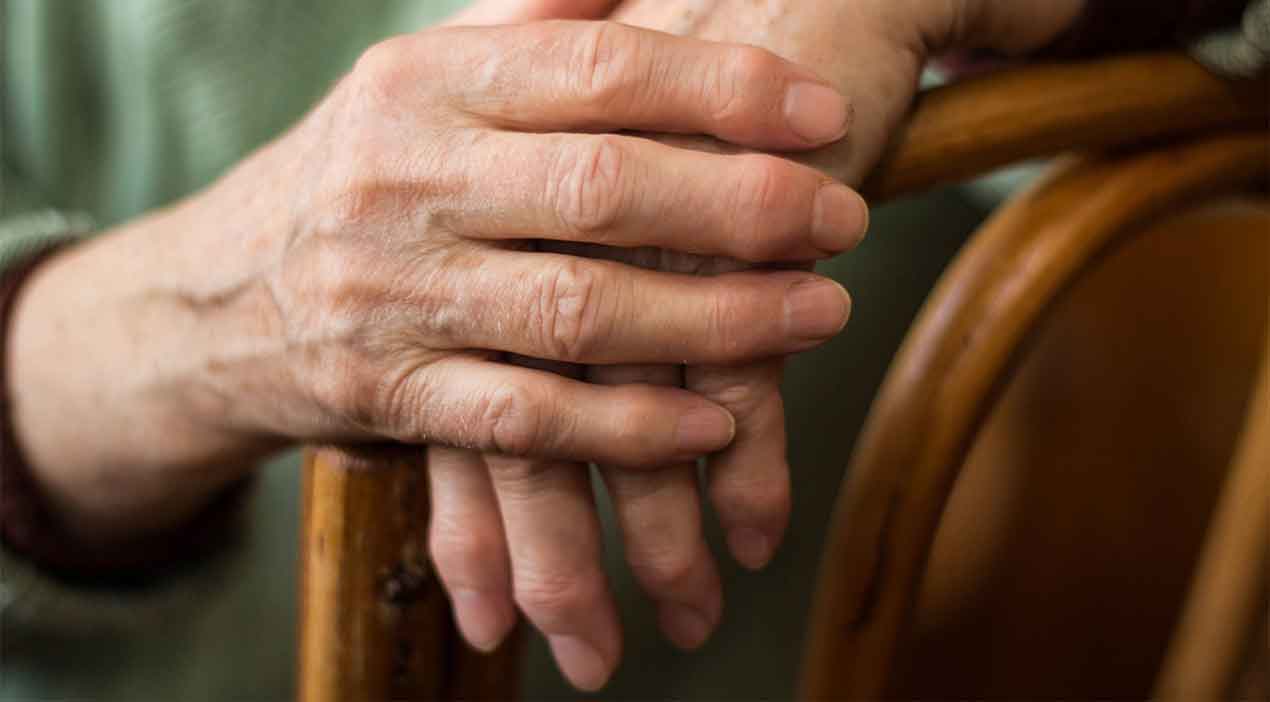When it rains or gets cold outside, some people blame Mother Nature for the painful flare-ups they feel in sync with barometric pressure fluctuations. Other individuals notice their joint pain feels worse when they do certain things, like taking stairs, straightening their legs, or lifting groceries.
Some folks only feel weakness, instability, and stiffness early in the morning after they wake up (and before they get moving). Other patients have severe aches, sharp pain, redness, and swelling that is only temporary after they've experienced an accident or injury.
No matter the cause of your sore joints, living with even a little bit of inconvenient pain in your knees, ankles, shoulders, and other joints isn’t something you have to live with.
There are treatment options to explore when your joints have stopped doing their important job of supporting your body.

Common causes of achy joints
Most people face various limitations when they have joint pain. For some, their condition is persistent and long-term, gradually worsening, or recurring. For others, their pain is short-term and triggered by a one-off event.
In some cases, people report feeling aches only when using their joint, while others report living with a constant dull burning sensation or pain with prolonged sitting or standing.
Chronic joint discomfort can be caused due to wear-and-tear from overuse, injury, or even arthritis. Factors that can make you more susceptible to experience achy joints include your age, how many previous injuries you've had, and your general fitness (including weight and overall fitness).
Alleviating chronic joint pain
Every patient's experience with achy joints is different. Some people feel pain only when they are using their joint, but others have a constant dull burning even at rest.
Figuring out the underlying cause is the first step in determining the right mix of conservative and proactive treatment methods that will work best to help you find relief, such as:
- lifestyle changes
- weight loss
- shoe inserts
- physical therapy programs
- gentle strength and range-of-motion exercises that won't increase your risk of further damage or injury
- medications to reduce pain or swelling and inflammation
- surgery
- injections
Work with your primary care doctor to diagnose your joint problem. They will assess your condition by looking at your medical history, conducting a physical exam, and ordering diagnostic tests (including MRIs, CAT scans, biopsies, x-rays, bone scans, and arthroscopies). They can refer you to a specialist if needed as well, for possible surgical treatment.
When to get medical advice
If you have decreased range of motion, feelings of instability, or pain in your joints that hasn't gone away after three days, it's a good idea to set a time to talk with your primary care provider for an evaluation and diagnosis.
Your joint pain and aches may be a sign that you have a long-term condition—like osteoarthritis or rheumatoid arthritis. Certain kinds of arthritis require prompt treatment to preserve joint function and prevent permanent joint damage and other health problems.
Logansport Memorial Hospital’s team of experts can help you manage your joint pain. Don't wait to get back to the life you love with a customized treatment plan based on your needs and condition.
Request an appointment online or call (574) 725-3463.
You might also like:


